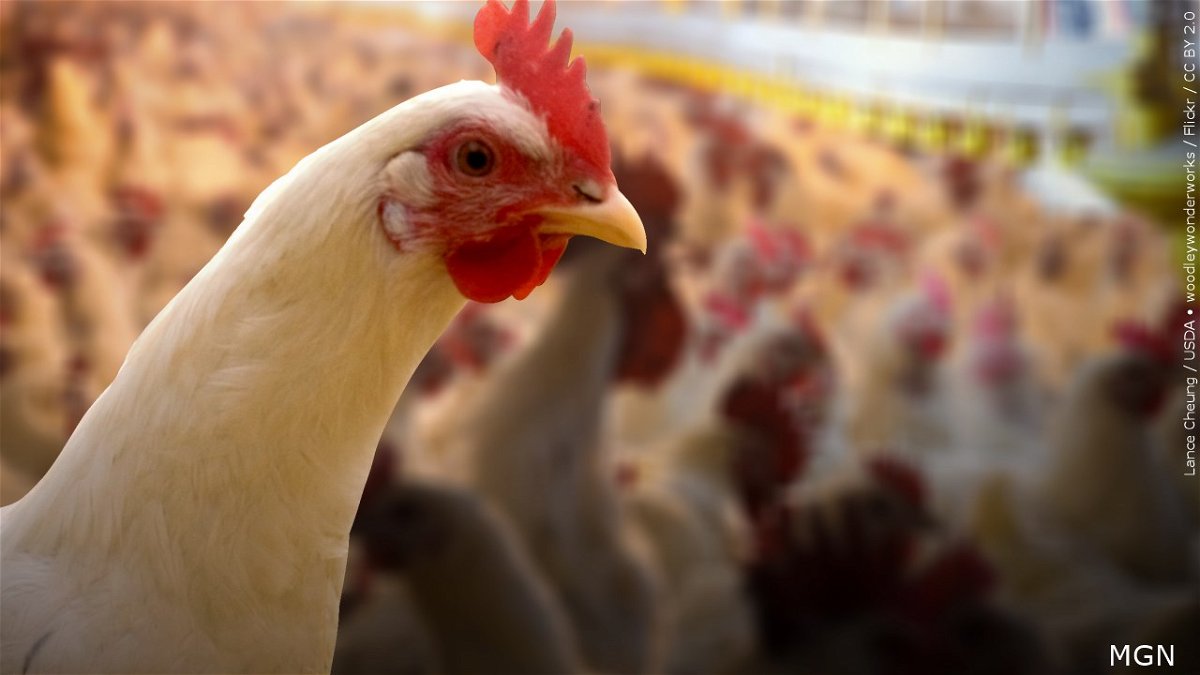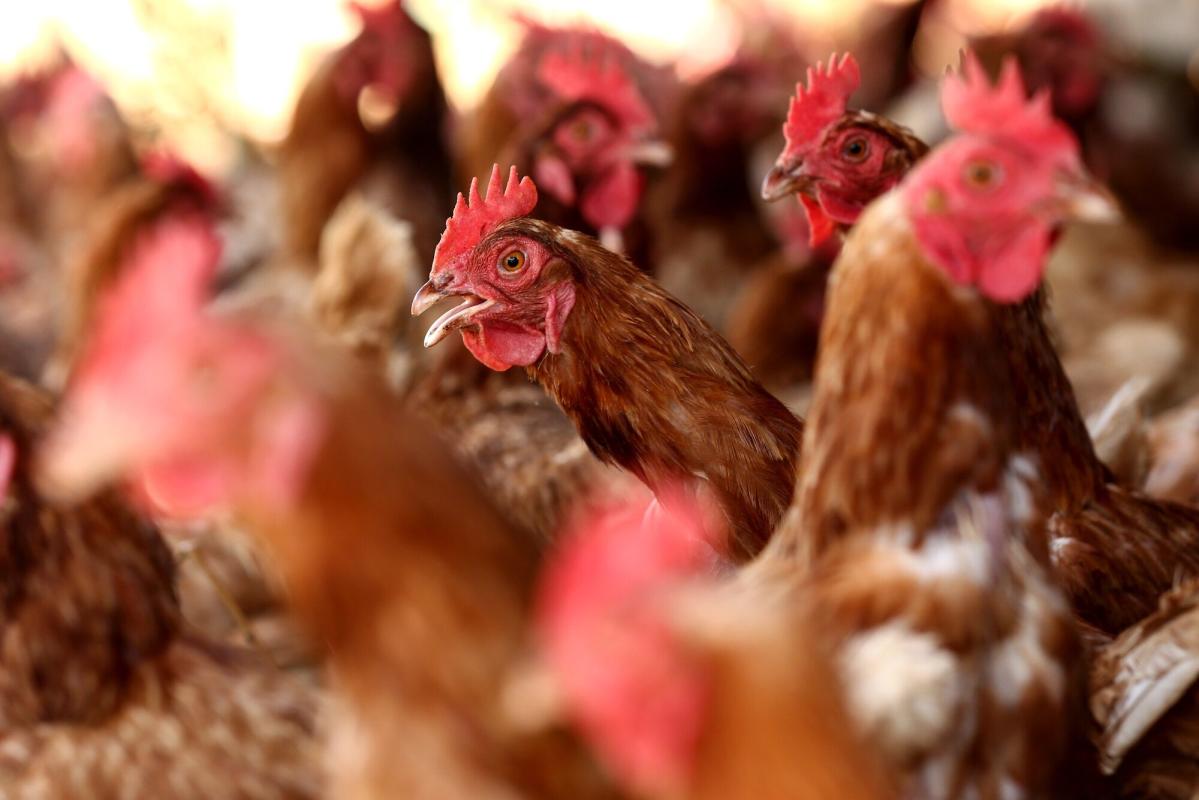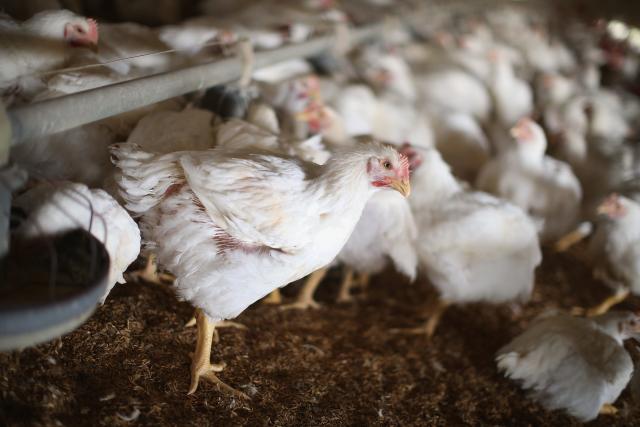On Tuesday, Iowa officials announced a devastating development in the ongoing battle against avian influenza: a highly pathogenic strain had been detected at a large egg farm in Sioux County, Iowa.

Increasing Cases of Bird Flu in Iowa
This discovery has led to the mandated culling of 4.2 million chickens, making it the latest casualty in a series of outbreaks that have plagued the poultry industry for years. The detection of the virus prompted immediate action, with crews swiftly initiating the process of slaughtering the affected chickens. This drastic measure aims to prevent the spread of the disease and protect other poultry farms in the region. Last week, a similar outbreak occurred at an egg farm near Minneapolis, Minnesota, resulting in the culling of nearly 1.4 million chickens.
Impact and Spread of the Bird Flu Outbreak
Since its onset in 2022, the current outbreak has claimed the lives of a staggering 92.34 million birds across the United States, according to the U.S. Department of Agriculture. The virus has not only affected poultry but has also spread to dairy cattle, raising concerns about its potential impact on the broader agricultural sector.
The recent confirmation of the virus in dairy cattle, including cases on nine farms across multiple states, has heightened worries among health and agriculture officials. In May, a second dairy farmworker tested positive for bird flu, underscoring the risk to individuals working closely with infected animals. The virus has also been detected in both beef and milk, necessitating stringent measures to contain its spread.
Public Health Measures and Response
Despite the alarming scale of the outbreak, health authorities have reassured the public that the risk of transmission to humans remains low. The U.S. Department of Agriculture has ensured that meat from sickened dairy cows has not entered the food supply, maintaining the safety of beef products for consumers.
However, workers exposed to infected animals, particularly those involved in the slaughter and handling of affected birds, are at heightened risk. To date, the United States has confirmed only three human cases of bird flu, involving two dairy workers and one individual involved in poultry culling.
The Road Ahead
The rapid response and coordinated efforts to contain the bird flu outbreak reflect the seriousness with which authorities are treating the situation. By swiftly culling affected poultry and implementing rigorous biosecurity measures, officials aim to prevent further spread of the virus and safeguard the nation’s food supply.

Looking ahead, ongoing vigilance and proactive measures will be crucial in mitigating the impact of avian influenza on both animal welfare and public health. Continued collaboration between federal, state, and local agencies, as well as the poultry industry, will be essential in managing and ultimately eliminating this devastating disease from affecting the agricultural landscape.
